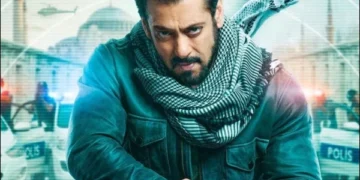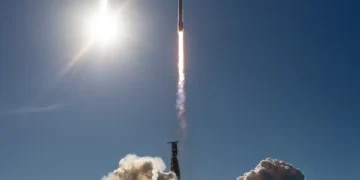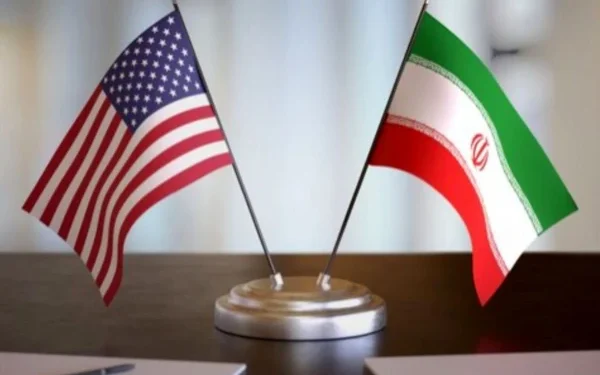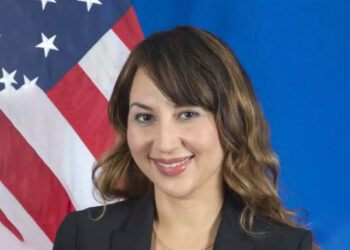Introduction: Diplomatic Deadlock Deepens
In a significant development that underscores ongoing diplomatic tensions, Iranian Foreign Minister Abbas Araqchi has firmly rejected the possibility of direct talks with the United States. His comments came in response to statements from the US President, who had expressed willingness to engage in direct negotiations with Iran over its controversial nuclear program. The Iranian stance reflects a deep-rooted mistrust of US intentions and a broader unwillingness to engage in diplomacy under the threat of military action.
Background: A History of Strained Relations
The relationship between Iran and the United States has been fraught with tension since the 1979 Islamic Revolution, which saw the US-backed Shah of Iran overthrown and replaced with a theocratic regime. Relations deteriorated further after the 1979 US Embassy hostage crisis, and decades of mutual hostility followed.
The 2015 Iran nuclear deal, officially known as the Joint Comprehensive Plan of Action (JCPOA), represented a rare moment of diplomatic progress. Under this agreement, Iran limited its nuclear activities in exchange for sanctions relief. However, in 2018, former President Donald Trump unilaterally withdrew the US from the deal, reimposing sanctions and triggering a renewed period of hostility.
US President’s Statement: Preference for Direct Engagement
Recently, the current US President reignited the discussion by expressing a desire for direct dialogue with Tehran. “I prefer direct talks,” he said, referring to Iran’s nuclear ambitions and regional activities. While this statement was framed as a diplomatic overture, it was accompanied by a warning: should diplomacy fail, military options would remain on the table.
This duality—offering talks while threatening force—was swiftly criticized by Iranian officials, who viewed the gesture as insincere and coercive.
Iran’s Response: No Dialogue Under Threat
Responding to the US President’s remarks, Iranian Foreign Minister Abbas Araqchi issued a sharp rebuke. “Direct talks are meaningless when one party continues to issue threats and violates the UN Charter,” Araqchi stated, referring to the US administration’s mixed messaging and aggressive rhetoric.
He further added that while Iran remains committed to diplomacy, it will only consider indirect talks under neutral auspices. “Our position is clear. We will not allow ourselves to be drawn into negotiations with a government that simultaneously speaks of peace and war,” he said.
Iranian President Weighs In: Talks on Equal Terms
Iranian President Masoud Peshmerga also commented on the situation, criticizing the contradiction in the US approach. “On one hand, they call for talks. On the other, they issue threats. Is this diplomacy?” he questioned during a press conference in Tehran.
Peshmerga emphasized that any dialogue must be based on mutual respect and equality. “Iran does not fear negotiations, but we will only engage on terms that respect our sovereignty,” he added, reinforcing the message that Iran will not be pressured into talks.
Iranian Revolutionary Guard Corps (IRGC) Speaks: Prepared for Confrontation
Hossein Salami, Commander of Iran’s elite Revolutionary Guard Corps, echoed the sentiment of defiance. “We have learned how to control our enemies through resilience and readiness,” he said. The IRGC, considered a key force in Iran’s military and strategic planning, has often played a central role in Tehran’s posture toward the US.
Salami’s remarks served as a reminder of Iran’s preparedness to resist both diplomatic pressure and military threats, reiterating that Tehran is not intimidated by US actions or rhetoric.
Nuclear Program: The Core of the Dispute
The nuclear issue remains the central point of contention. Western nations, led by the United States, fear that Iran’s nuclear activities could lead to the development of atomic weapons, although Iran has consistently denied such intentions. Tehran insists its nuclear program is solely for peaceful purposes such as energy production and medical research.
Despite this, Iran has gradually rolled back its commitments under the JCPOA since the US withdrawal, increasing its stockpile of enriched uranium and installing advanced centrifuges.
Impact of US Sanctions: A Sticking Point
The sanctions reimposed by the US in 2018 have had a devastating impact on Iran’s economy. Oil exports, a major source of revenue for the country, have plummeted. The Iranian currency has also depreciated significantly, leading to widespread inflation and economic hardship for ordinary citizens.
Iran has consistently stated that any return to negotiations must include the unconditional lifting of these sanctions. US officials, however, have demanded that Iran return to full compliance with the nuclear deal before sanctions are lifted, resulting in a diplomatic stalemate.
Regional Tensions: Proxy Conflicts and Security Concerns
Beyond the nuclear file, the two countries are also at odds over Iran’s role in regional conflicts. The United States has accused Iran of sponsoring proxy militias in countries like Iraq, Syria, Lebanon, and Yemen—allegations that Iran denies. The continued presence of Iranian-backed groups in the region remains a serious concern for Washington and its allies.
In return, Iran points to the extensive US military presence in the Middle East as a threat to its national security and a major source of instability.
International Reactions: A Divided Global Community
The international community is watching the situation closely. European countries, particularly those that were part of the original nuclear agreement—such as the UK, France, and Germany—have urged both sides to return to the negotiating table. However, they have also struggled to provide Iran with the economic benefits promised under the JCPOA due to US secondary sanctions.
Russia and China, meanwhile, have voiced support for Iran and criticized the US for withdrawing from the deal and escalating tensions. These geopolitical dynamics have made a unified global response difficult, further complicating the diplomatic landscape.
Conclusion: The Road Ahead
As the standoff continues, the prospects for renewed diplomacy between Iran and the United States remain uncertain. While both sides have expressed a willingness to resolve the dispute, their vastly different conditions for negotiation present a major obstacle.
For now, Iran’s refusal to engage in direct talks signals a hardened stance driven by mistrust, a sense of national pride, and a belief that the US must first demonstrate sincerity through actions—namely, lifting sanctions and ending threats of military action.
Until such confidence-building measures are taken, any diplomatic breakthrough is likely to come through indirect channels, if at all.

























